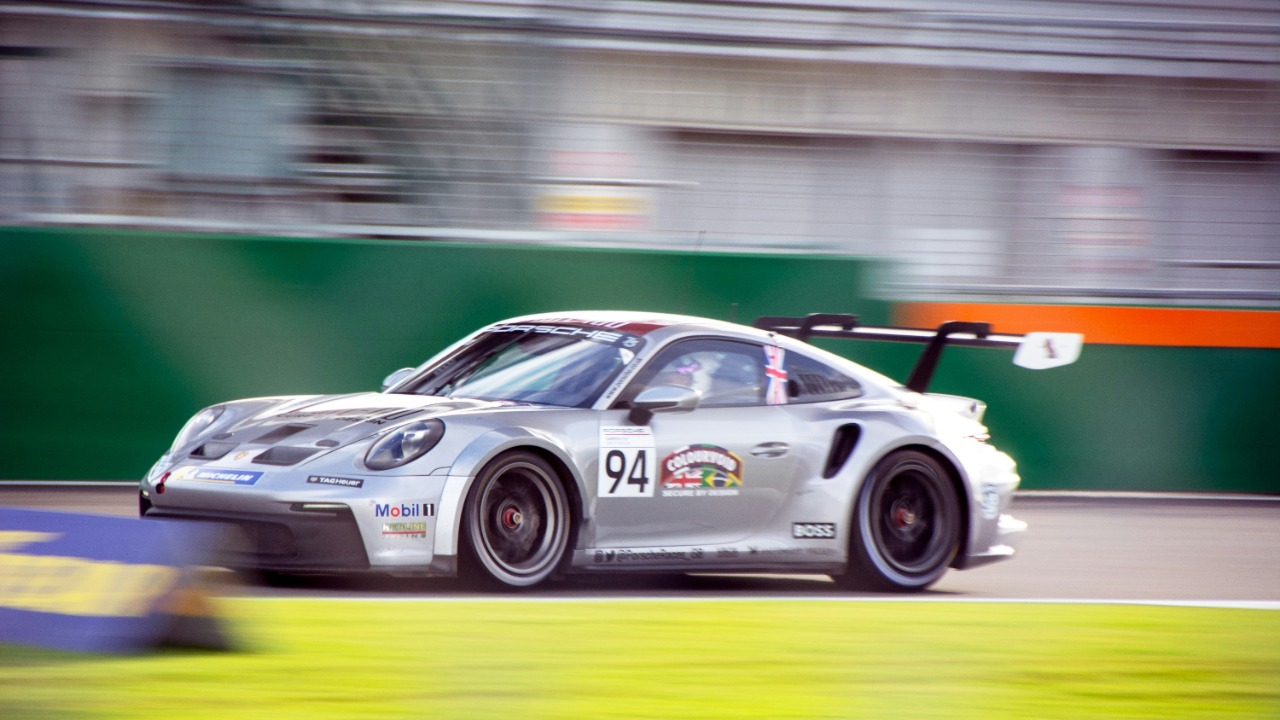The world of motorsports has long been a hotbed of innovation, with technological advancements often trickling down to influence the design and performance of road cars. From materials to engineering techniques, the competitive edge sought on the track has repeatedly paved the way for improvements we now take for granted in everyday vehicles.
Advanced Aerodynamics

In the realm of motorsports, aerodynamics play a crucial role in determining the performance of a vehicle. Spoilers and wings, for instance, were originally designed to improve downforce and stability at high speeds in race cars. These components have since been adapted for road cars, enhancing their performance and fuel efficiency. By redirecting airflow, spoilers help to keep the car grounded, reducing lift and improving traction. This technology is now a common feature in many performance-oriented road cars, such as the Ford Mustang GT and the Chevrolet Camaro ZL1, where it contributes to both aesthetics and functionality.
Another significant aerodynamic advancement borrowed from motorsport is the use of diffusers and splitters. These techniques manage airflow under the car, improving vehicle stability and reducing drag. In racing, diffusers are used to create a low-pressure area under the car, which increases downforce without adding significant weight. This principle has been applied to consumer vehicles, where it helps improve fuel efficiency and handling. The Ferrari 488 GTB, for example, utilizes advanced diffuser technology to enhance its performance on the road, demonstrating how motorsport innovations continue to influence modern car design.
Lightweight Materials

The use of lightweight materials in motorsports has revolutionized the automotive industry, particularly with the introduction of carbon fiber construction. First utilized in Formula 1 for its incredible strength-to-weight ratio, carbon fiber is now found in luxury and performance road cars. This material offers enhanced performance and fuel efficiency by reducing the overall weight of the vehicle while maintaining structural integrity. Cars like the BMW i8 and the McLaren 720S showcase the benefits of carbon fiber, providing drivers with a blend of speed, agility, and efficiency.
In addition to carbon fiber, the use of aluminum and advanced composites has also been perfected in racing and subsequently adopted in road cars. These materials are lighter and more rigid than traditional steel, leading to better handling and improved fuel economy. The widespread use of aluminum in vehicles like the Audi A8 and the Jaguar XE highlights the impact of motorsport technology on everyday driving. By reducing weight, these materials not only enhance performance but also contribute to lower emissions, aligning with the growing demand for environmentally friendly vehicles.
Suspension Systems

Suspension systems have seen significant advancements thanks to motorsport innovations, with adaptive suspension technology being a prime example. This technology allows for real-time adjustment to road conditions, providing a more comfortable and controlled driving experience. Initially developed for racing, adaptive suspension systems are now available in many high-end road cars, such as the Mercedes-Benz S-Class and the Porsche Panamera. These systems use sensors to monitor the road surface and adjust the suspension settings accordingly, ensuring optimal performance and comfort.
Another key development in suspension technology is the independent suspension system. Refined in motorsport, this system offers better control and comfort by allowing each wheel to move independently. This design improves traction and handling, making it a standard feature in most modern vehicles. The Honda Accord and the Toyota Camry are examples of popular road cars that benefit from independent suspension systems, providing drivers with a smoother and more responsive ride. The influence of motorsport on suspension technology has undoubtedly enhanced the driving experience for consumers worldwide.
Braking Technology

Braking technology has also been significantly influenced by motorsport, with carbon-ceramic brakes being one of the most notable advancements. Initially developed for the high demands of racing, these brakes offer superior performance and longer life compared to traditional braking systems. Carbon-ceramic brakes are now featured in many premium road cars, such as the Lamborghini Huracán and the Porsche 911 Turbo, where they provide exceptional stopping power and durability. This technology not only enhances safety but also contributes to the overall performance of the vehicle.
While not exclusive to motorsport, the refinement and rigorous testing of anti-lock braking systems (ABS) in racing have helped perfect this technology for safer everyday use. ABS prevents the wheels from locking up during braking, maintaining traction and allowing the driver to steer. This system has become a standard safety feature in modern vehicles, significantly reducing the risk of accidents. The widespread adoption of ABS in cars like the Ford Focus and the Honda Civic demonstrates the lasting impact of motorsport innovations on road car safety.
Engine Innovations

Engine innovations from motorsport have played a crucial role in shaping the performance of modern road cars. Turbocharging and supercharging, for example, are techniques used to boost engine power and efficiency. These technologies were honed in racing environments and have now become commonplace in road cars, enhancing performance without increasing engine size. Vehicles like the Volkswagen Golf GTI and the Subaru WRX utilize turbocharged engines to deliver impressive power and acceleration, showcasing the influence of motorsport on engine design.
Hybrid powertrains represent another significant advancement driven by motorsport. The push for more efficient energy use in racing has accelerated the development of hybrid systems, which are now pivotal in the transition to greener road vehicles. Cars like the Toyota Prius and the Honda Insight have popularized hybrid technology, offering consumers a more sustainable and fuel-efficient option. The integration of hybrid systems in performance cars, such as the Ferrari SF90 Stradale, further illustrates the impact of motorsport innovations on the automotive industry. As the demand for environmentally friendly vehicles continues to grow, the influence of motorsport on engine technology will remain a driving force in the evolution of road cars.
Like Fast Lane Only’s content? Be sure to follow us.
Here’s more from us:
*Created with AI assistance and editor review.






Leave a Reply